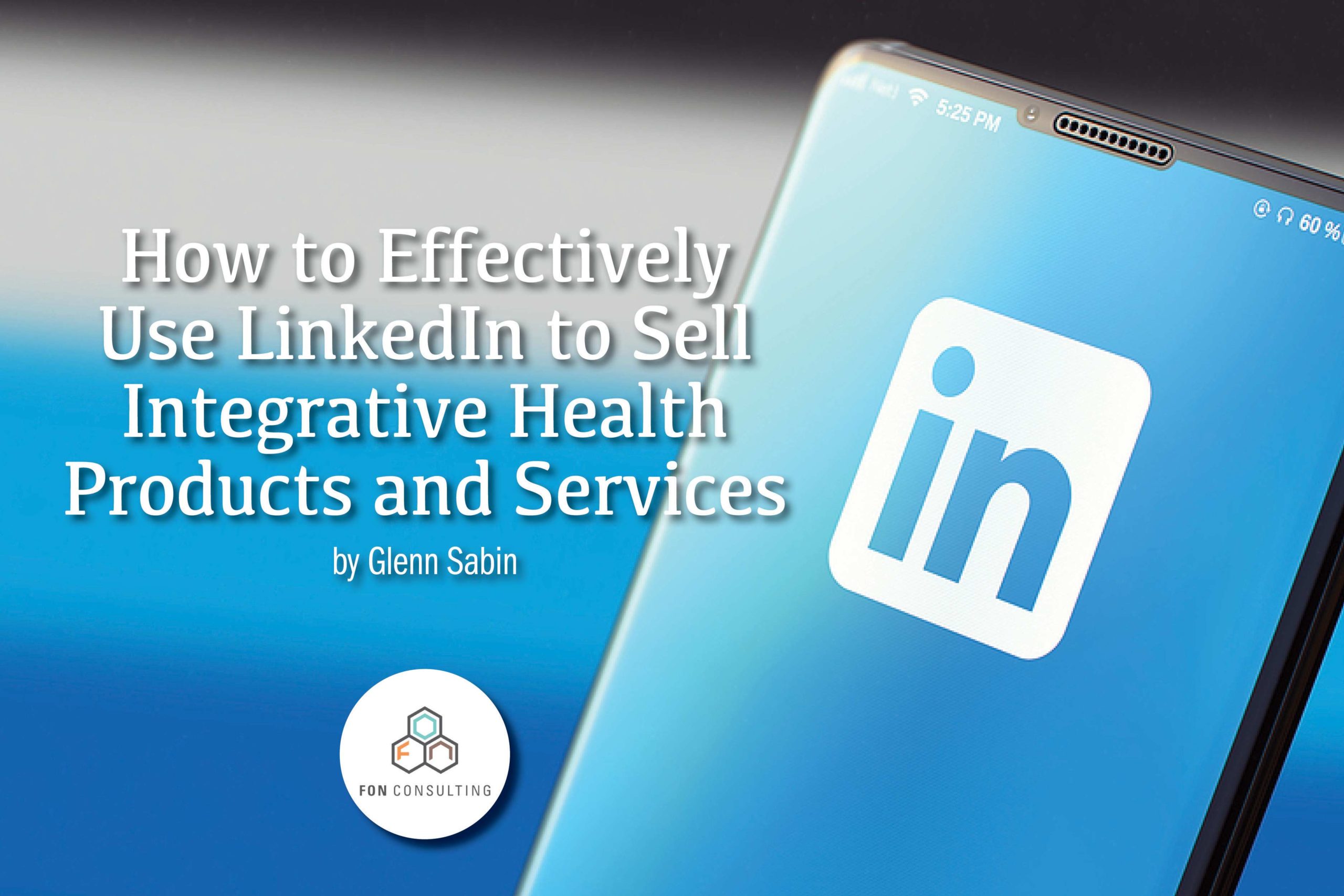Integrative Medicine as Standard of Care
By Glenn Sabin

Over 50 U.S. academic medical centers now feature some form of a CAM (complementary or alternative medicine) program. This evolution in academic healthcare delivery is better defined as Integrative Medicine in America. The sheer number of privately owned integrative clinics, centers and solo practices being launched each month is also staggering.
These practices are being led by a wide range of providers—i.e., MDs, DOs, naturopaths, acupuncturists, massage therapists, chiropractors. The growth and demand for comprehensive whole person care is undeniable. Integrative medicine is destined as the new standard of care.
I give talks across the country at medical conferences, mostly to MDs, oncologists and scientists. I also do private lectures and consults to medical centers and hospitals. The bulk of these centers and institutions already provide integrative medicine services. They are looking to revisit their clinic or business models to ensure future, sustainable growth. But many are conventional private practices, hospitals and cancer centers just now focusing on integrative healthcare delivery.
“Conventional” physicians are recognizing the need to intelligently respond to their patients’ questions about nutrition, exercise, supplements, opioid-free pain management, and more. Otherwise, patients will simply stop asking their primary caregivers about basic integrative modalities altogether and turn elsewhere for guidance. Attrition will set in as large numbers of patients seek out practitioners who can fulfill their needs for integrative healthcare consults, services and products.
In a Still Troubled Economy, Integrative Medicine Continues its Ascent
The natural products sector also continues its growth trajectory. More people are demanding an integrative approach to their health and wellness goals. They want to avoid chronic illness. I believe the Affordable Care Act is much better than what it replaced. It should enable better access for consumers to receive integrative medicine services through their health plans. Even so, most will agree we are still firmly on the path to national bankruptcy. Our core, perverse incentive model for healthcare delivery remains broken: procedures and products over prevention; and a super-processed, over-sugared, government subsidized food chain that fuels the fire of chronic disease. Chronic disease left unchecked will bankrupt this country. The sad reality is that almost 80% of chronic disease is considered preventable. President Obama was unable to touch these important details.
The answer—the so-called magic bullet—has always been prevention. This is why the principles of integrative medicine are destined to become the new standard of care. Integrative healthcare is cost effective. The long-term alternative to wellness, holistic, preventive and lifestyle medicine—the tenets of integrative medicine—is clearly a very sick, insolvent country. It’s so hard to accept the sad fact that one-third of the $15 billion earmarked under the AFA for the Prevention Fund was cut in February 2012 and redirected to preserve the payroll tax holiday and avoid a 27% cut in Medicare reimbursements to physicians.
The three-legged stool of integrative medicine comprises nutrition, exercise and stress reduction. All reasonable physicians support this in theory. This is where the medical literature is most compelling. Even the skeptics of integrative medicine—those who still confuse and conflate the term with “alternative medicine”—seem to agree on this point. They minimally agree that the benefit of good nutrition, stress reduction and exercise is nothing new—“it’s not CAM, integrative or alternative medicine—it’s simply part of good conventional care. It’s plain medicine”. Yes, it should be. But it’s not. Yet.
Enjoying this article? Subscribe and get our latest, delivered straight to your inbox.
The three-legged stool is not yet practiced across the US as the standard of care. At least not nearly as widely as it should be. After all, the three-legged stool is most useful as a preventive measure. It addresses chronic disease by focusing on systemic causes. It’s an educational intervention. There are no CPT codes to submit to insurance companies for reimbursement! Docs under an insurance reimbursement model have to see more patients than ever within a day’s work. Reimbursements are being squeezed. More patients than ever need to be seen in clinic each day to equal the same level of doctor reimbursement as just a couple years ago. Not much time on that treadmill to really “hear” patients, let alone have meaningful discussions on lifestyle. Most docs realize intellectually that they should be working with patients on the three-legged stool, but they don’t have time; they are not paid to have these discussions. Simply, they are not financially recognized to prevent disease.
There are no acceptable or affordable alternatives to prevention, wellness and lifestyle interventions. Integrative medicine is destined as the new standard of care.
About FON
FON is a leading integrative health and medicine business development and strategy consulting firm. FON specializes in custom solutions for growing patient volume, developing programs, and increasing product sales. Our practical business models are driven by innovative marketing, clear messaging, and customer engagement via branded storytelling.
Contact us today to schedule a complimentary 30-minute consultation to discuss your business development or personal brand needs.

Glenn Sabin, founder of FON and author of n of 1, is a nationally recognized thought leader who positions health innovators, enterprises, and organizations for sustainable growth. Leveraging deep experience in media, strategy, marketing, and business development—and his own compelling cancer journey—he champions personalized medicine and the generation of real-world data and evidence to help define a new, accessible standard of care.
Read Glenn’s story.




















